Lead Hazard Detection for Residential Properties

High-resolution images showing lead paint testing in residential settings, including sample collection and analysis.
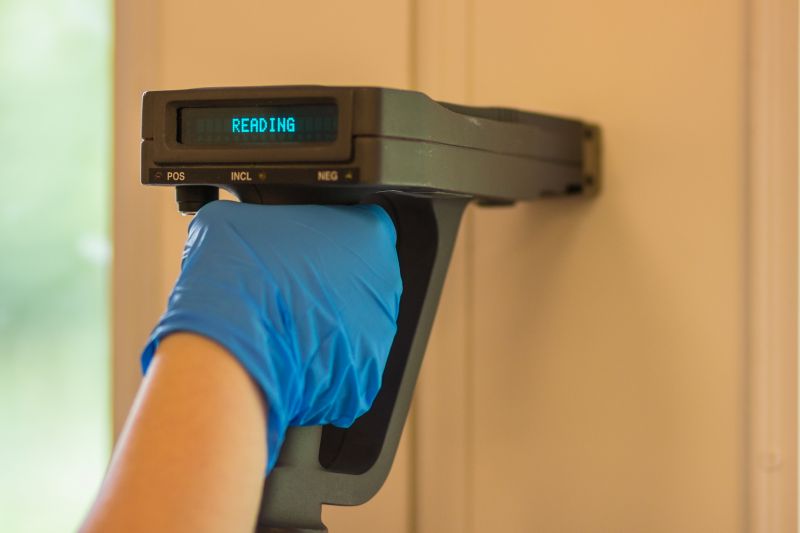
Photos of specialized equipment such as XRF analyzers and lab testing kits used during inspections.
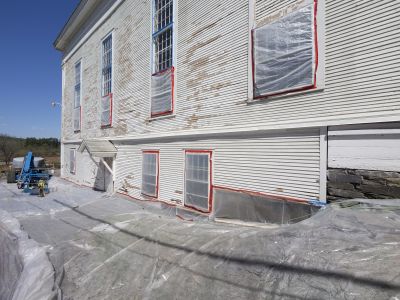
Visuals of typical areas inspected for lead paint, including windows, doors, and painted surfaces.
Lead paint inspections are essential for identifying the presence of lead-based paint in residential and commercial properties. The process involves detailed testing of painted surfaces to detect lead content, which is crucial for preventing health hazards, especially in homes built before regulations phased out lead-based paint. Studies indicate that lead poisoning can cause severe health issues, particularly in children, making regular inspections a vital safety measure.
The inspection process typically involves visual assessments combined with scientific testing methods such as X-ray fluorescence (XRF) analysis or laboratory testing of paint samples. These methods provide accurate results about lead presence and concentration, enabling property owners to make informed decisions about remediation or renovation. Lead paint inspections are generally quick, often completed within a few hours, depending on the size of the property.
Professional lead paint inspections usually take between one to four hours, depending on the property's size and the number of areas tested.
The process includes a visual survey, sampling of painted surfaces, and laboratory or on-site analysis to determine lead levels accurately.
Certified inspectors use specialized tools and follow strict protocols, ensuring reliable results and compliance with safety standards.
Professional inspections reduce the risk of missed lead hazards, provide comprehensive reports, and support safe renovation practices.
Hiring a professional for lead paint inspections ensures thoroughness and accuracy, minimizing health risks associated with lead exposure. Experts are trained to identify lead hazards that may not be visible to the untrained eye, and they adhere to established safety protocols during testing. Properly conducted inspections can also facilitate compliance with local regulations and help avoid costly remediation in the future.
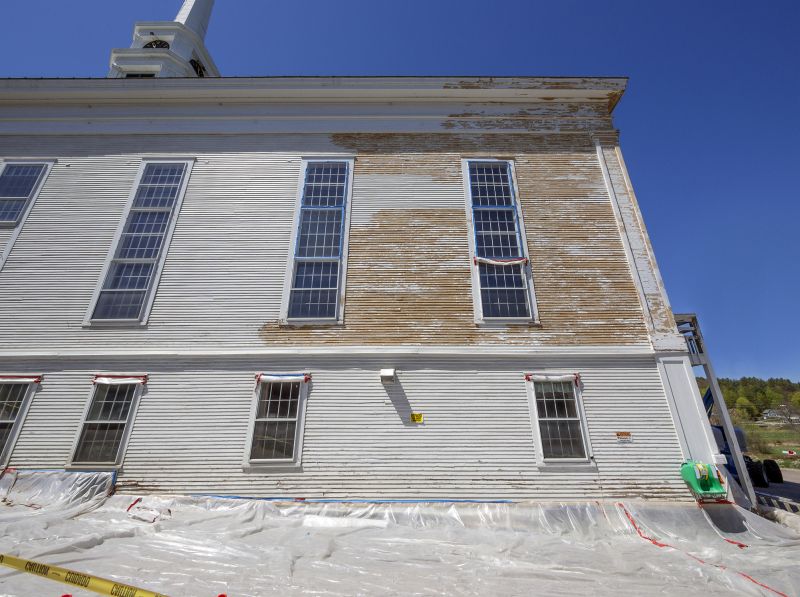
Photos showing detailed testing of interior walls and window frames.
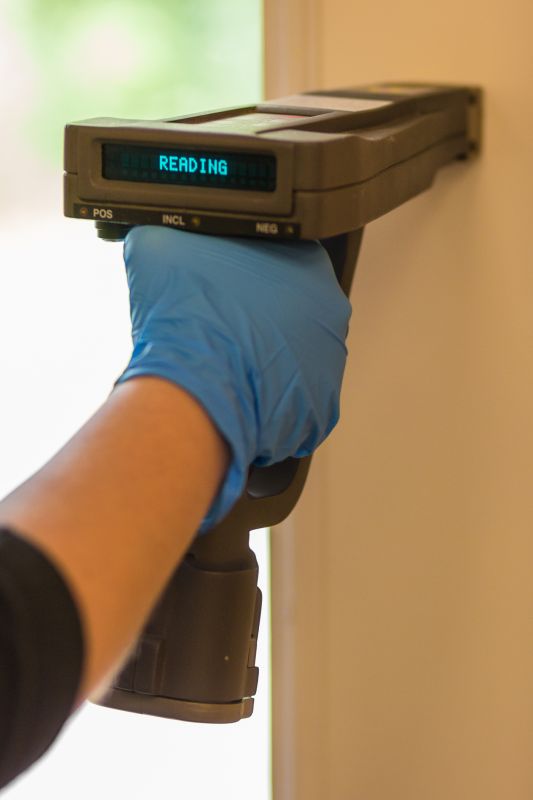
Images of inspectors using XRF analyzers on painted surfaces.
Proper lead paint inspections contribute to healthier living environments by identifying potential hazards before renovation or occupancy. They are especially important in older buildings where lead-based paint is more likely to be present. Regular inspections can help prevent lead poisoning and ensure compliance with safety standards.

Photos of a property after inspection, showing areas tested and documentation provided.
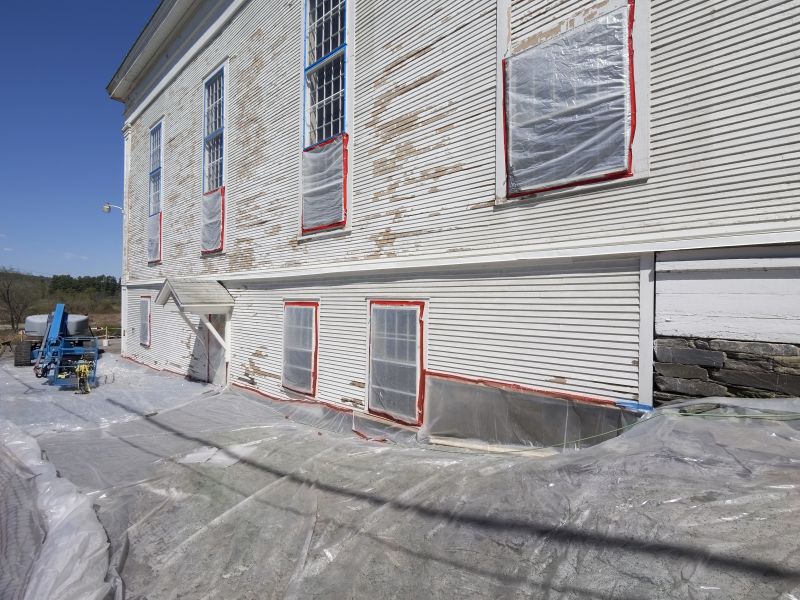
Visuals of paint samples collected for laboratory analysis.

Examples of detailed reports outlining findings and recommended actions.
If a lead hazard is identified, property owners can pursue appropriate remediation measures to eliminate risks. Regular inspections and prompt action are key components of maintaining a safe environment, especially in homes with young children or pregnant residents. For a detailed quote or to schedule an inspection, filling out the contact form is recommended.



